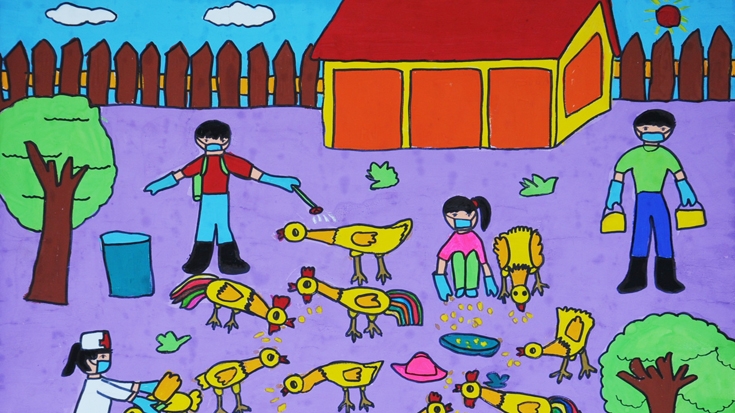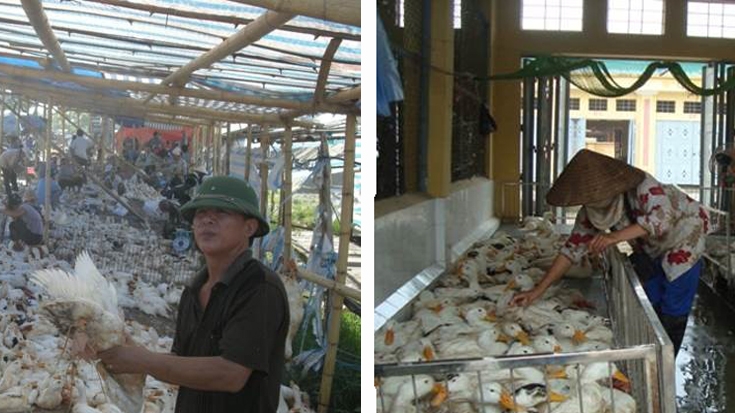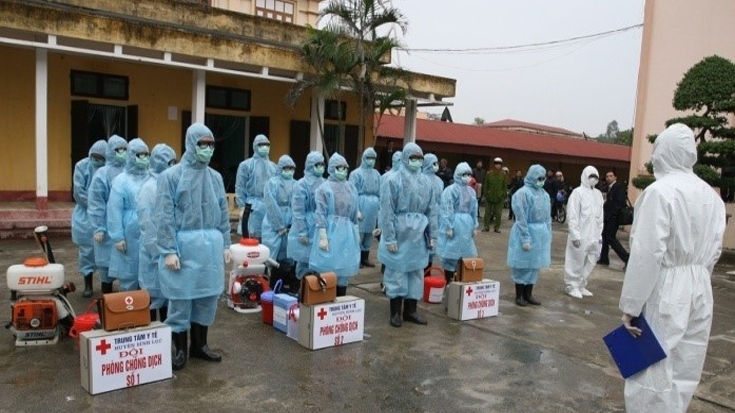Challenges
In December 2003, Vietnam reported its first cases of Highly Pathogenic Avian Influenza (HPAI) H5N1. Within four months, the disease was detected in 57 of 64 provinces. Some 44 million poultry—17% of the nation’s stock—were culled to prevent further outbreaks or died from the disease. This cost farmers severely, and the economy more broadly. The economic toll was about 0.5% of Vietnam’s GDP, or $250 million.
By 2005 the H5N1 avian flu virus emerged as a global threat. By the end of 2006, the virus spread rapidly to 55 countries in Asia, Europe, Africa and the Middle East.
In Vietnam, animal health and disease surveillance systems were rapidly overwhelmed. Moreover, as 15 human deaths were recorded in 2004, there was increasing evidence that virus could infect humans.
Solutions
The project set clear, relevant objectives that were important to Vietnam’s economy, public health, and poverty-reduction goals.
- To build medium- and long-term capacity for the country by combining continuation of the emergency response with extensive strengthening of the veterinary and public health systems. The capacities created by VAHIP are relevant not only to a particular strain of avian flu, but also to control of other disease outbreaks.
- To enhance Disease Control at the sources, including upgrading poultry wholesale markets and slaughterhouses.
- To strengthen preparedness through simulation exercises, training courses on rapid outbreak response, communication programs
- To introduce innovations to the country’s surveillance system for infectious diseases in humans
- To promote the One Health approach to ensure cross sector coordination in control and containing the AI outbreaks, especially between Human and Animal Health sectors
- To raise awareness that could lead to the changes in behaviors for preparedness, control of AI outbreaks to wide range of population.



